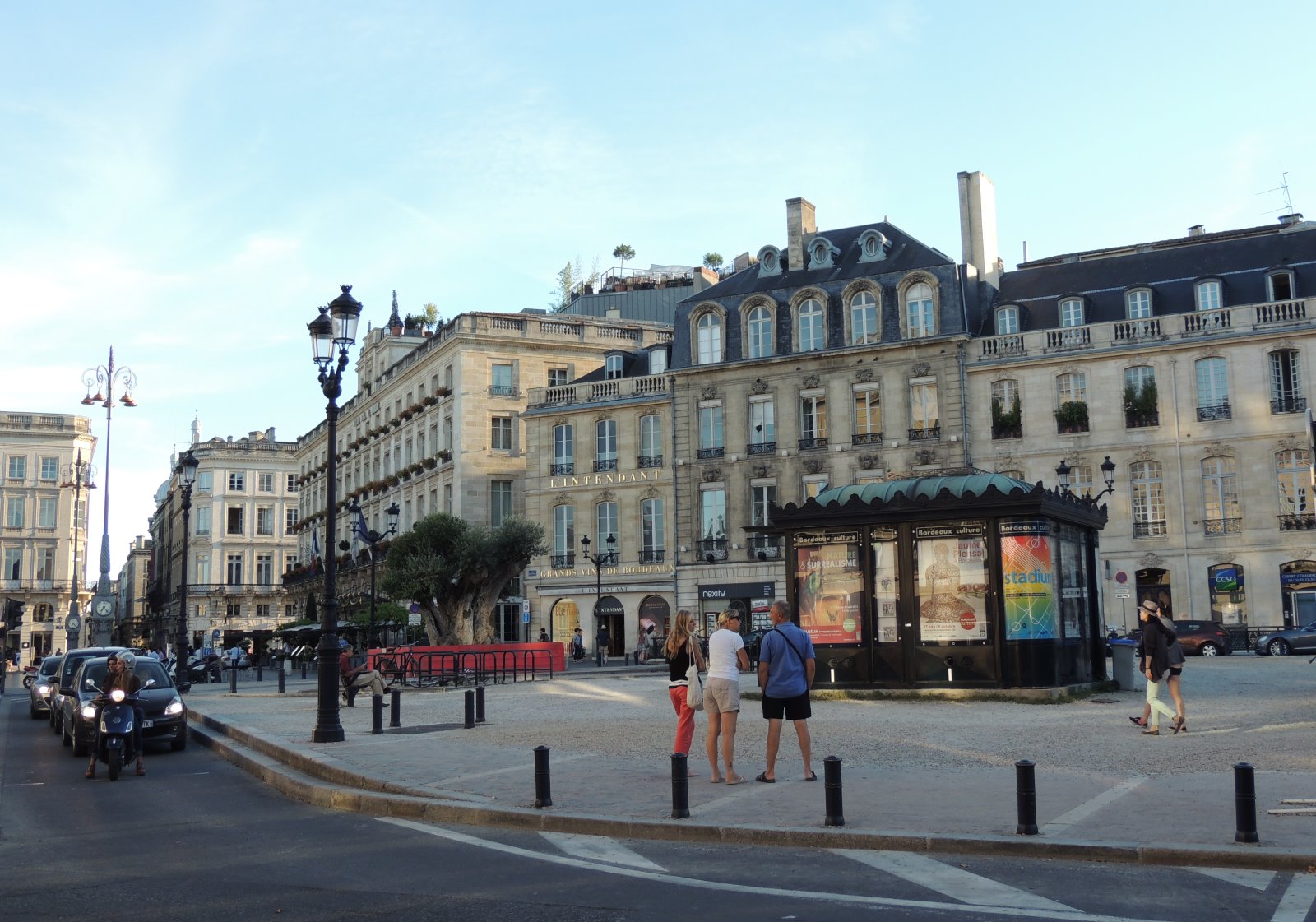
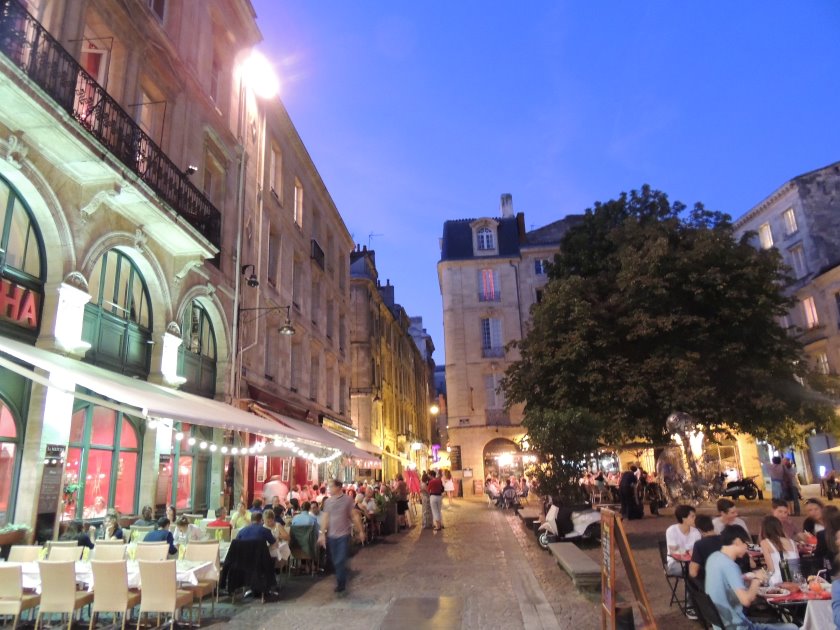
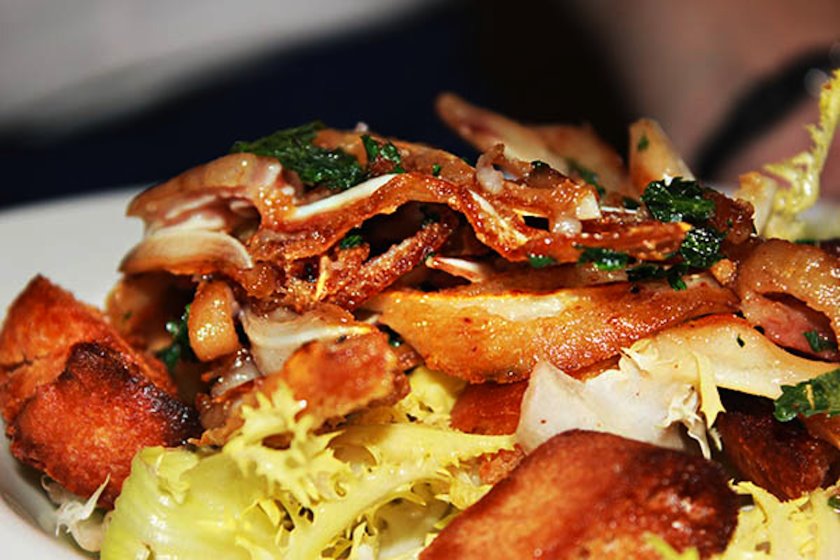
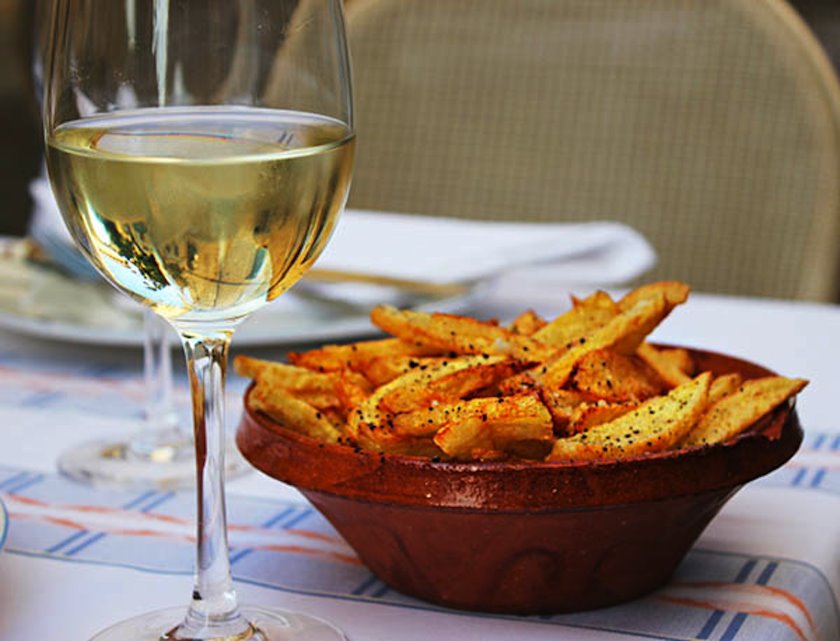
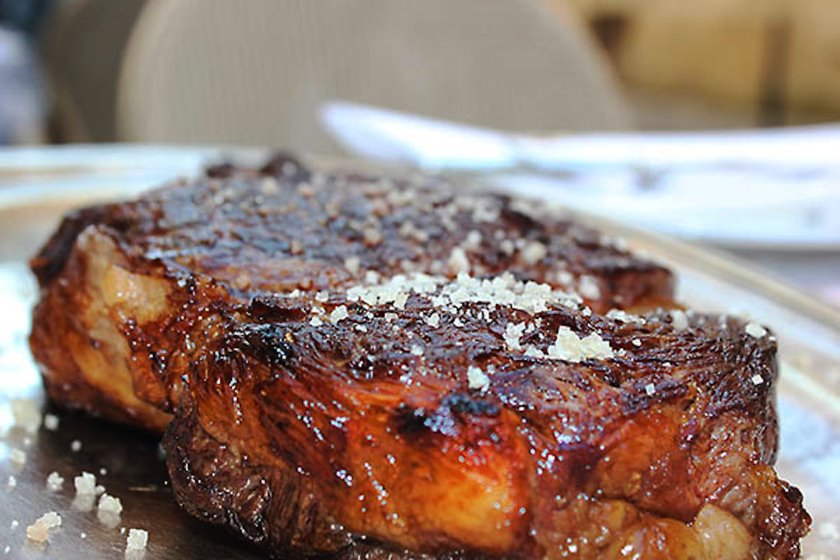
Bordeaux
Real flavour, by day and night (food photographs from la Tupina by Franck Colas)
Elyse Glickman is US west coast editor of Lucire.
While the city of Bordeaux is evolving into a fashionable food and wine destination, its wine country retains time-honoured tradition with style and substance, reports Elyse Glickman
photographed by the author and by Franck Colas
Although Bordeaux has been a winemaking centre for generations, it is in the process of reinventing itself not only as one of the world’s quintessential destinations for serious œnophiles and foodies, but also a fashionable, cultural city to be judged on its other merits.
Walking its streets today, it is very hard to believe that a decade ago Bordeaux had lost much of its sheen as a result of several bad harvest years and the encroachment of “new world wines” finding their audiences. Decried by such travel pundits as US presenter Rick Steves (‘Bordeaux is old French for boring,’ he scoffed), the city was written off as merely a starting point for the wineries deeper into the countryside.
The winemaking establishment and their supporters, however, were not going to allow their beloved city to stay in obscurity for too long. Under the leadership of Alain Juppé, Bordeaux’s mayor and the former prime minister of France, the food and wine establishment engaged in a makeover to the city that today would make Coco Chanel and Yves Saint Laurent proud.
In their capable hands, today’s vintage of Bordeaux is anything but boring. Nearly 40 wine bars blanket the city centre, including education-focused spots Max Bordeaux and Bar à Vin (operated by Conseil Interprofessionnel du Vin de Bordeaux or CIVB). While the bars exude a certain art gallery cool, they have an educational focus for amateur and professional œnophile alike, making them essential stops before day-tripping into the esteemed wine production appellations of St Émilion, Médoc, Pessac-Leognan, Sauternes and Margaux. Exquisite food specialty shops nearly outnumber clothing boutiques, and include Jean d’Alos (a shrine to cheese built into the site of a former mediæval convent), M. le Macaron, canelé bakery chain Baillardran, and countless chocolate and specialty gourmet markets.
Bordeaux is undisputedly a paradise for gourmands, but fashionistas will have quite a bit to keep them busy. There’s a friendly neighbourhood Galeries Lafayette and as well as shoe and clothing boutiques dealing current French chic (Amalgame provides some jaunty suede and patent leather updates on the espadrille). Flea-market and second-hand shops also dot the city streets, including a large and popular Brocante Saint Michel flea market Tuesday–Friday and Design Bazar Galerie, both near Capucins Victoire and the Basilica of St Michel.
Lodging possibilities are also expanding and improving. There are tidy, relatively inexpensive hotels like Hôtel Normandie, with a good breakfast and a great staff. You can also splurge on the city’s pioneering five-star establishment le Grand Hôtel Bordeaux (Parisian flair at a more relaxed pace) or cheeky micro-boutique hotels like Maison Fredon, owned by noted restaurateur Jean-Pierre Xiradakis whose original la Tupina restaurant has been the stuff of legend since 1968.
continued below
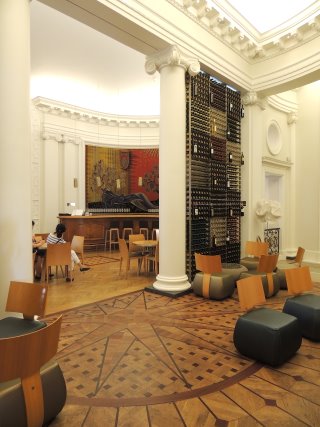
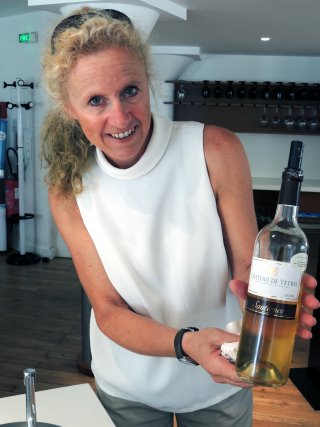
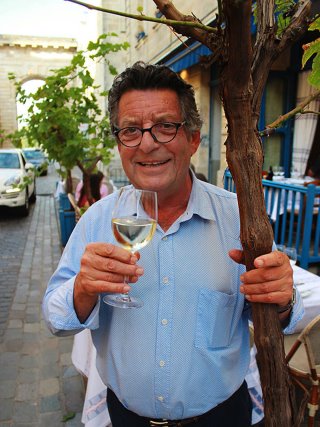
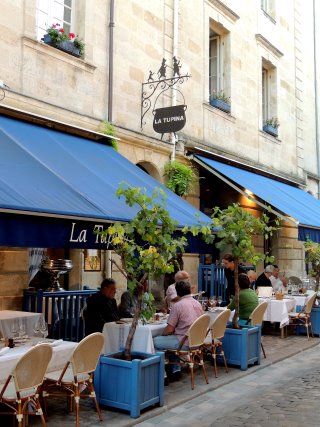

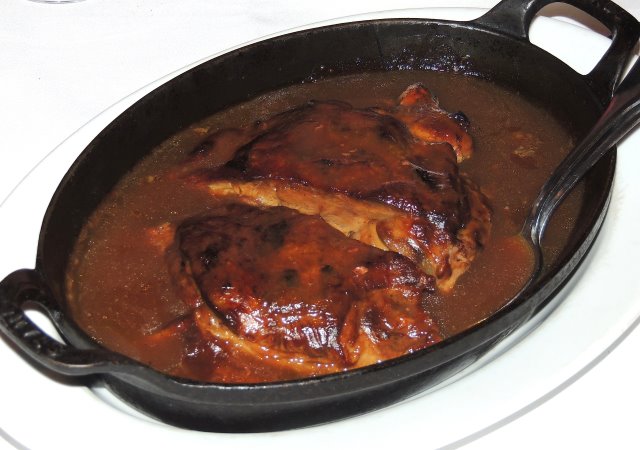
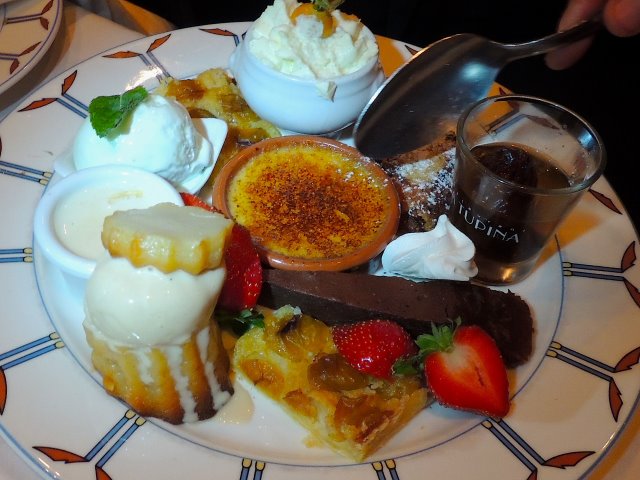
Above, from top left Inside Bar à Vin. Our guide, Maxine Colas. Jean-Pierre Xiradakis of la Tupina restaurant (photographed by Franck Colas). Exterior at la Tupina. La Tupina chicken. La Tupina duck breast. La Tupina dessert with pain perdu.
As la Tupina’s speciality is rustic and hearty local cuisine, Xiradakis aptly points out that the terroir that has enriched Bordeaux wine production for generations has equally benefited local crops and foods. His theory is gastronomy and diversity of products from the region complements the wines and vice versa. He also believes visitors should get past Bordeaux’s past rep for snob appeal and dive into affordable wines by up-and-coming producers. Although a customer can find several Grand Cru wines from appellations like St Emillion and Médoc, his ideal conception of the wine dinner is pairing his favourite up-and-comer wines with his signature dishes, such as roasted chicken, duck and lamb as well as a macaroni-and-cheese pasta dish with foie gras.
Whether you’re up for a nightcap or want to continue your journey of discovery into the newer producers of Bordeaux on another evening with a simple charcuterie or cheese plate, Bar-Cave de la Monnaie is, by Xiradakis’s design, a place with the most authentic Bordeaux experience, sipping in ambiance and the creations of newer producers with the locals. Bar manager Rémy du Clos operates Bar-Cave with the same blend of sincerity and seriousness his boss assumes at the main restaurant.
Other superb drop in places include 4 Coins du Vin for wine and light bites and le Grand Bar for atmosphere and people watching—the Belle Époque interiors punched up with limestone “rocks” is conversation starting. For a less formal dinner, the Brasserie Bordelaise has everything—a mixed local–tourist crowd, expansive wine selection and generous portions of steak, duck and side dishes. For a romantic dinner against views of the fountains, waterfront and city hall, there’s Bistrot Gabriel, which puts a refined spin on simple Bordeaux fare. For the morning after anything, Karl is can’t-miss for its coffee, giant croissants and pain au chocolat (though their signature salad is good prior to a long day of walking the vineyards).
continued below
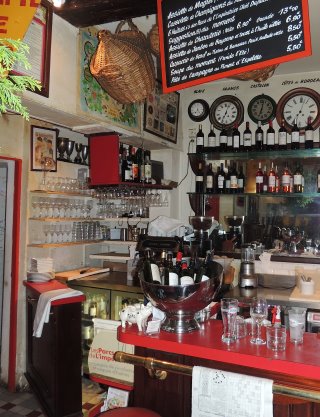
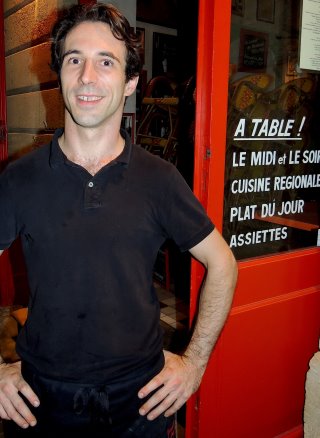
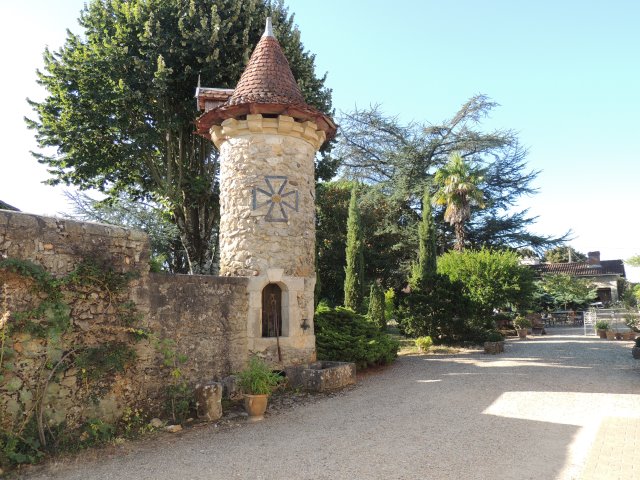
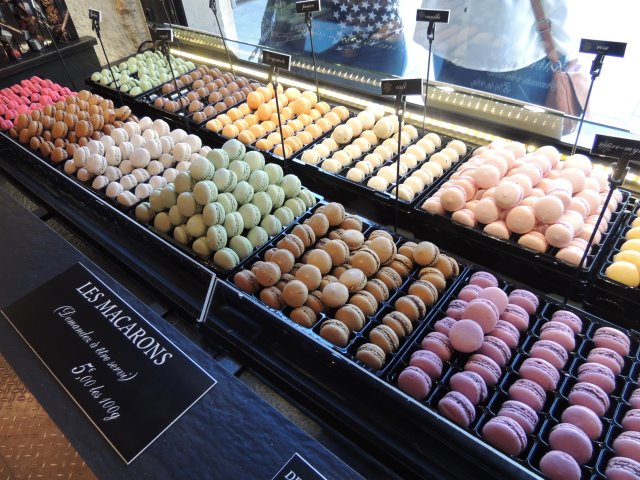
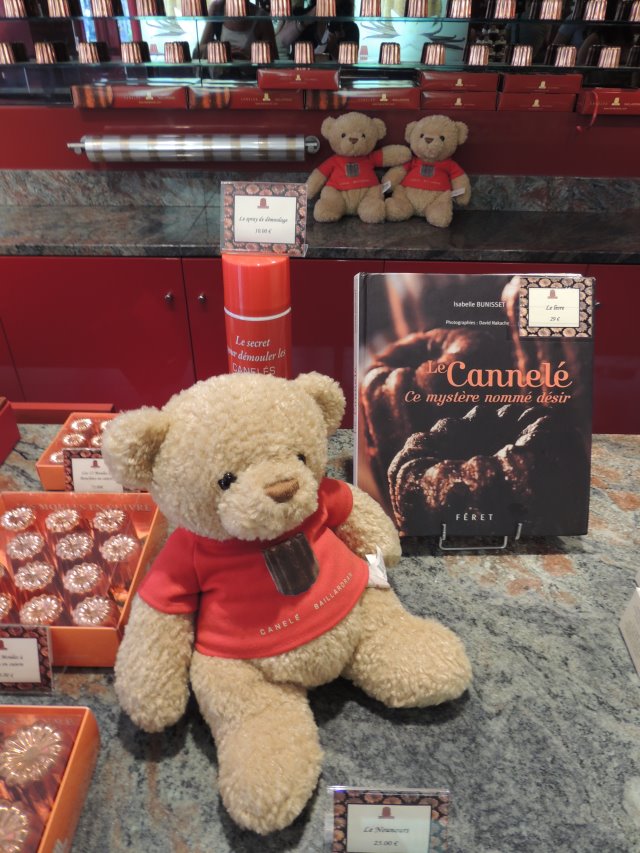
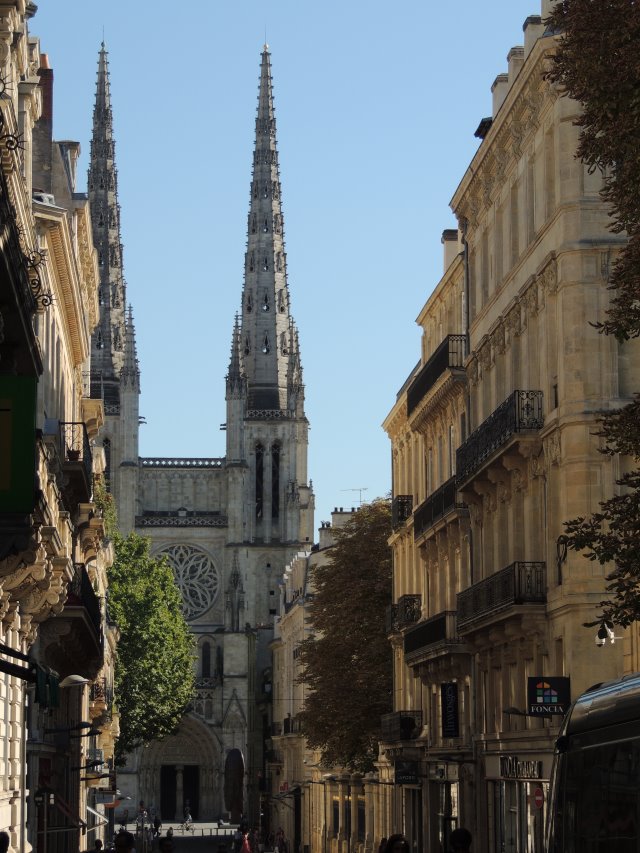
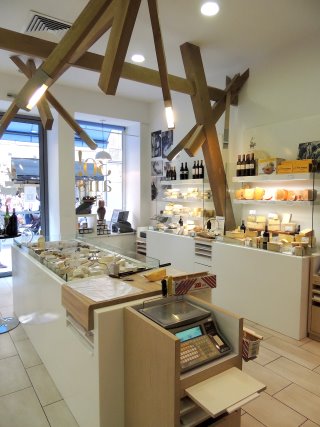
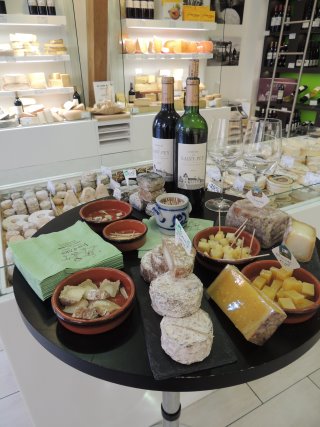
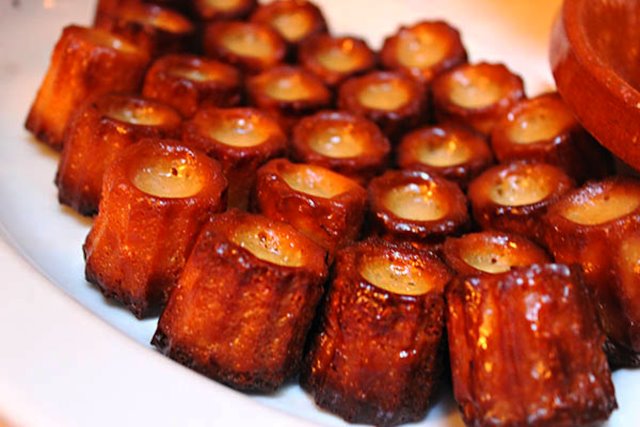
Above, from top left The Bar-Cave. Bar-Cave manager Rémy du Clos. Château Piada. Macarons for €5 for 100 g. Bears at the Canelé bakery.
Bordeaux by day. Jean d’Alos. Cheeses at Jean d’Alos. Canelés at Château Biac (photographed by Franck Colas).
In addition to its intriguing maze of streets and fountain-accented boardwalk, other nice places to burn off the calories in Bordeaux are its gleaming museums, which include the CAPC Musée d’Art Contemporain, Musée des Beaux Arts de Bordeaux (for classic art through the 20th century), and its Decorative Arts Museum.
Even as Bordeaux continues to reinvent itself as an exciting destination that Rick Steves and other naysayers should take a second look at, one cannot deny its hard to resist the allure of the wineries, vest-pocket sized villages, a beach day and fresh oysters in the Cap Ferret region (where Marion Cotillard is rumoured to own a vacation home). Winery tours are essential, even if you don’t happen to be a big wine drinker. The Grand Cru estates, with their own historic buildings and sprawling vineyards are monuments to the art of fine but very simple living. This mood is also embodied by the current owners of several of the Grand Cru wineries. At Jean Faux, the current owner, Pascal Collotte, taught us chardonnay vines are the perfect chicken roasting accoutrement, and black truffles elevate eggs to levels of unsurpassed bliss. Newer producers like Château Léognan (AOC Pessac-Léognan) and Château le Puy (noted for their Sauternes) have the benefit of shared soils with some Grand Cru producers as well as protected historic buildings on property. Some families behind up and coming producers like Château Biac, open their homes and lives via bed-and-breakfast accommodations on their properties. Château Siaurac–Baronne Guichard not only has fantastic general and Kosher wines in their portfolio, but also a very discerning and adorable grape-eating dog.
The presumed epicentre of civilization for œnophiles is St Émilion, a scenic mediæval village that teeters on the edge of wine theme park kitsch, given every other store sells wine, offers wine tastings, or has a stockload of made-in-China souvenirs celebrating the centuries-old wine culture. However, historic landmarks and churches, some storied bakeries said to be the birthplace of the touted macaron, good restaurants and panoramic views redeem it as do some ateliers with lovely clothing and accessories.
The best way to embrace Bordeaux, according to Maxine Colas, our guide throughout the journey, is as the locals do, as a cohesive whole to drink in. Like a fine wine, first impressions will give way to separate nuances of taste, style and sophistication. •
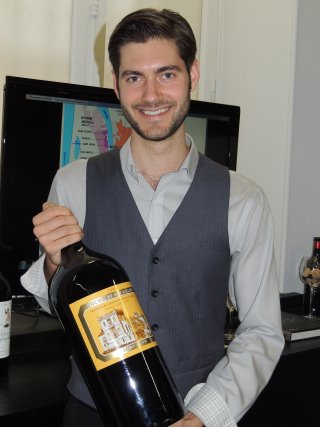
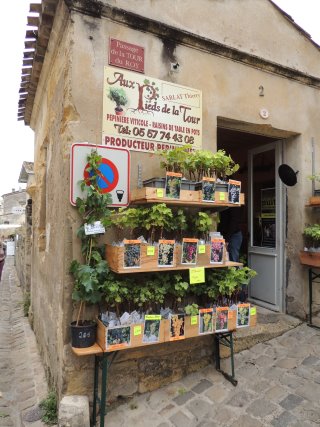
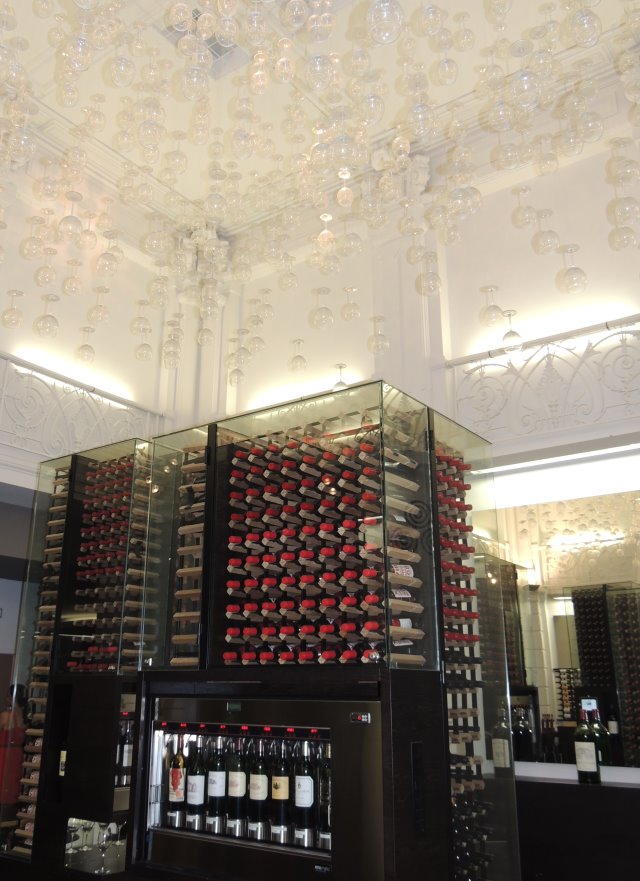
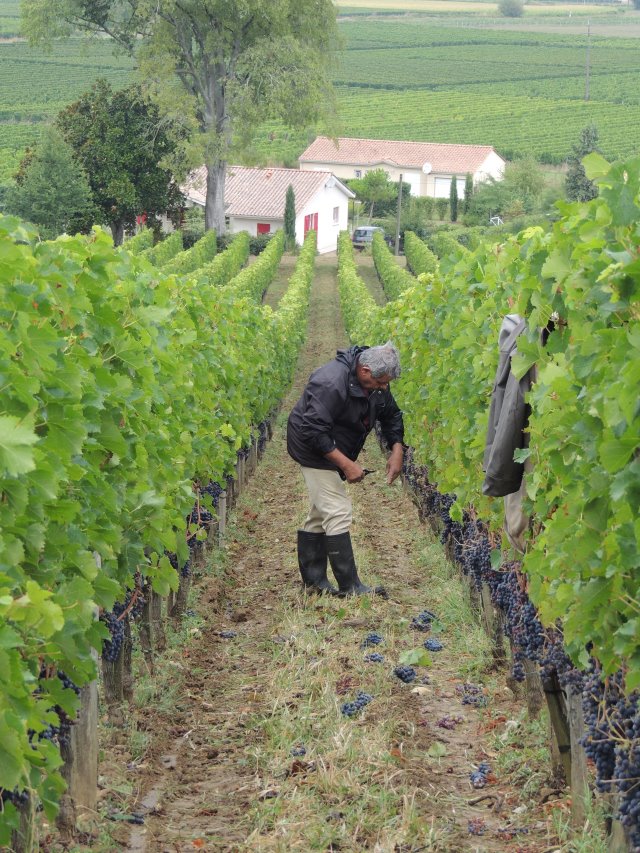
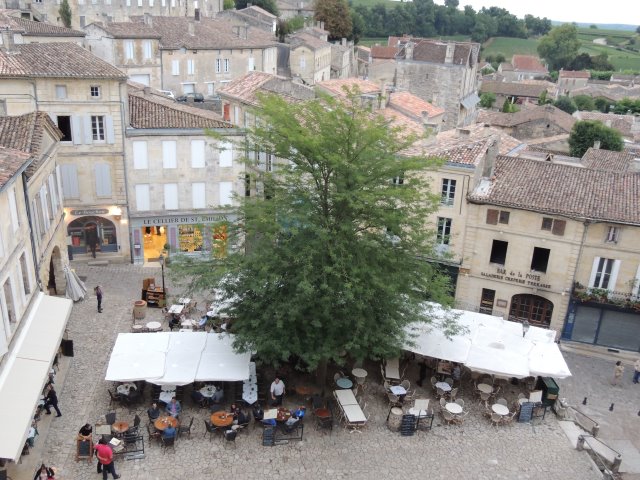
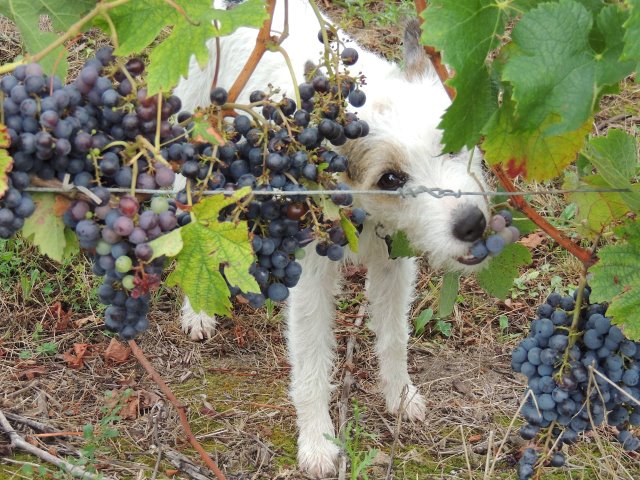
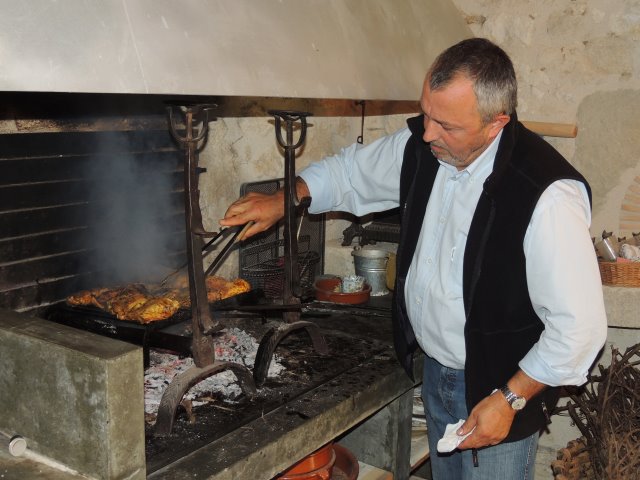
Above, from top At Max Bordeaux. St Émilion souvenir shop. Inside Max Bordeaux. Jean Faux vineyard. St Émilion town square. Dog at Château Siaurac. Jean Faux owner Pascal Collotte.
Related articles hand-picked by our editors
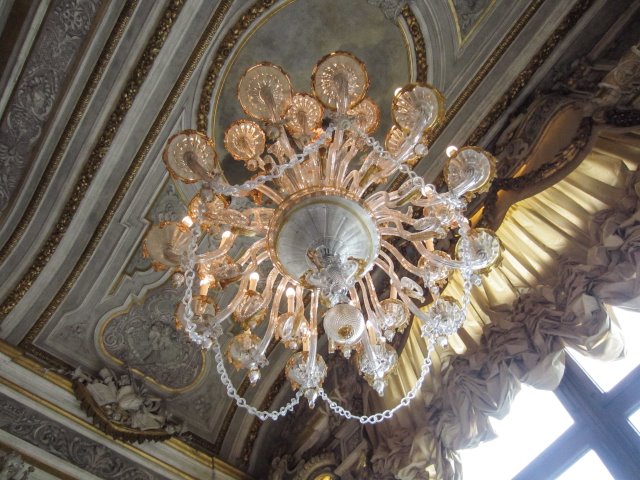
A tale of four cities
Stanley Moss has spent the last four months city-hopping, between Firenze, Paris, Venezia and Aix-en-Provence, reporting here on his hotel finds and occasional local colour
photographed by Paula Sweet
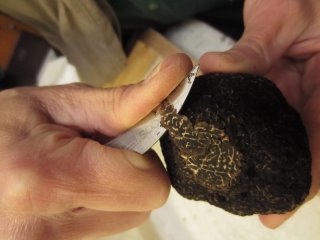 On the scent of black truffles
On the scent of black truffles
Stanley Moss goes in search of the elusive black truffle in an unsuspecting French village
photographed by Paula Sweet
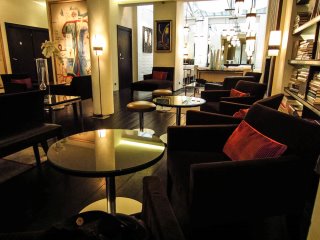 Two Parisian hideaways
Two Parisian hideaways
Stanley Moss looks at two distinctive Parisian hotels on opposite sides of town, with very different characters
photographs by Paula Sweet and courtesy Hôtel Le A
Advertisement
Copyright ©1997–2022 by JY&A Media, part of Jack Yan & Associates. All rights reserved. JY&A terms and conditions and privacy policy apply to viewing this site. All prices in US dollars except where indicated. Contact us here.